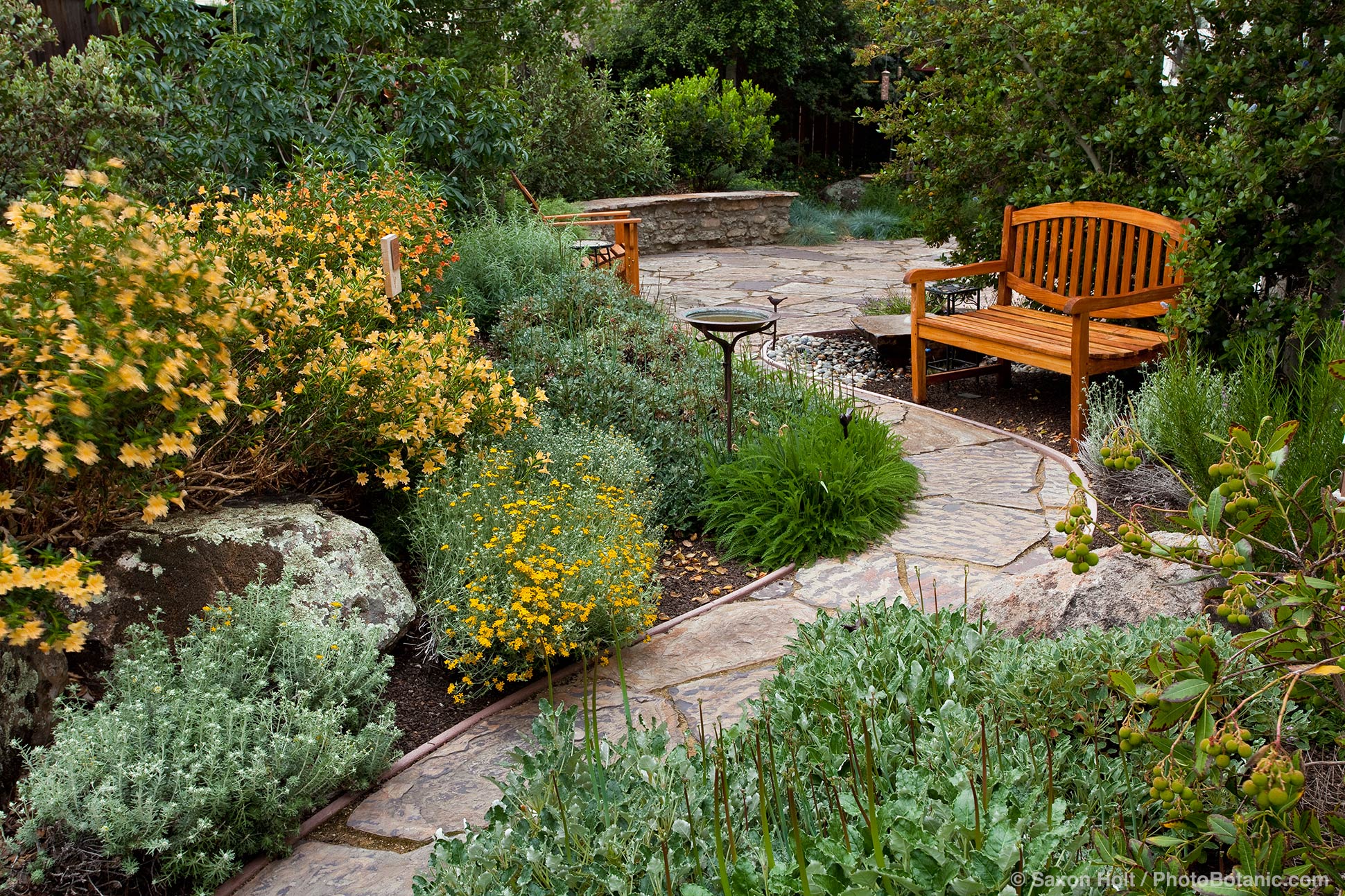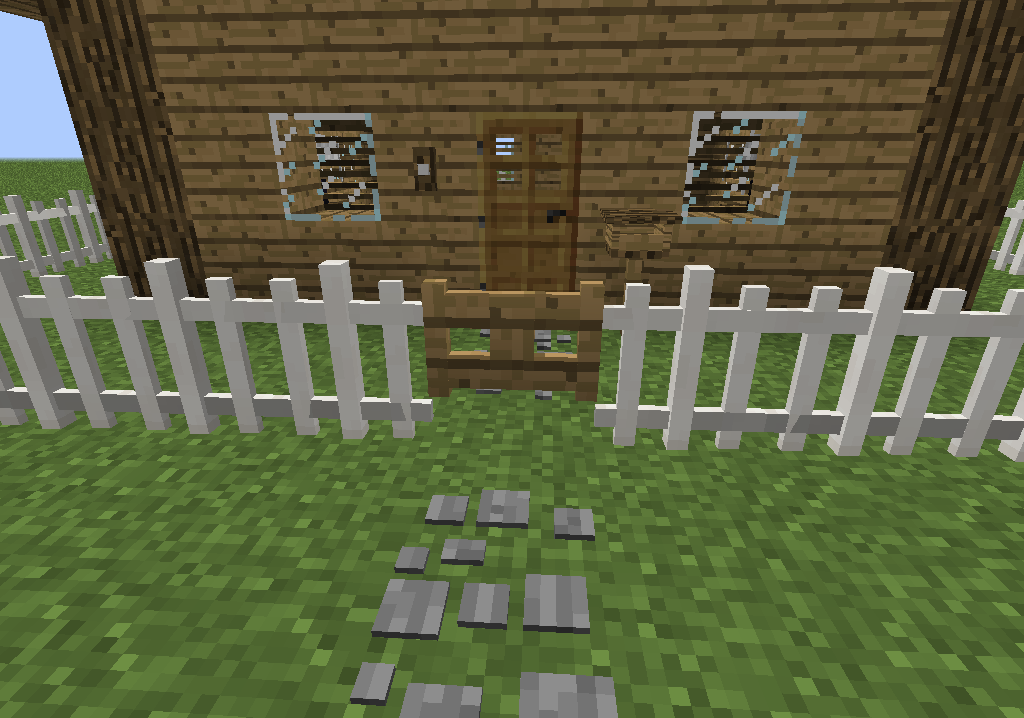Table Of Content

The flower nectar of this common prairie native is an important source of nutrients for butterflies and insect pollinators. Though most natives are well-behaved, occasionally some can become invasive, especially if introduced to conditions that are more conducive than their original habitat. These can include American bittersweet (Celastrus scandens), goldenrod (Solidago spp.), box elder (Acer negundo) and southern catalpa (Catalpa bignonioides). Invasives vary by region and can change over time due to climate change and other factors. The term “nativar” was coined by renowned plantsman Dr. Allan Armitage to distinguish a true native from a cultivar that is derived from a native plant. The local conditions will determine the type of plant species that will thrive in your space.
Invasive
Read resources such as our guide to plants and sunlight to learn more about sunlight requirements for your native selections. And for those just starting out, the beginner’s guide to gardening for wildlife with native plants is an invaluable tool to get your garden plan on the right path. A plant list accompanies each design and provides a quick preview of the diversity and beauty of the native plants incorporated in each design. This site provides practical, educationally-sound information on native landscaping developed specifically for first-time native plant gardeners looking for help getting started. An example of an invasive plant in Illinois is the Amur Bush Honeysuckle (Lonicera maacki). Amur Bush Honeysuckle is widespread across the Midwest, altering ecosystems and impeding the growth of native plant species.

Considerations Based Upon Site Conditions
With knowledge of your garden's conditions and a selection of suitable native plants, begin sketching a layout. Use native plant garden ideas to inspire the arrangement of your space. Consider grouping plants with similar sunlight and water needs together. Plan for succession blooming to ensure a garden that's vibrant throughout the seasons. Before you break ground, research the native plants of your region.
Flowers: The colorful accents
At Stoneleigh, Landscaping With Native Plants Is Possible - The New York Times
At Stoneleigh, Landscaping With Native Plants Is Possible.
Posted: Wed, 05 Jul 2023 07:00:00 GMT [source]
The cooperative extension offers guides on its website such as “Plants for a Livable Delaware,” , while Master Gardener programs in all three counties offer information on the topic. Julie Snell is a founding partner of TEND landscape architects and co-owner/operator of Redbud Native Plant Nursery in Media, Pennsylvania, outside of Philadelphia. Julie has a background in Fine Arts, a Master’s Degree in Landscape Architecture from the University of Pennsylvania and is a certified arborist. For more than twenty years, Julie has worked in both the public and private realms, focusing on the bridge between design and landscape management. As founder and co-chair of the Landscape Management Forum, she has forged a partnership with landscape managers throughout the Philadelphia region.
Our Backyard Landscaping – Phase II (
Any use of these items, without prior written approval, is strictly prohibited. Pay attention to how much sun the area gets during each season. Design inspiration to fit a variety of needs such as HOAs, dog-friendly gardens, containers, and more. The former Senior Editor and Archivist of Gardening Know How, Nikki has also authored six gardening books.
Plant list for sunny conditions

Even the most water-wise of gardens require maintenance to keep plants healthy and looking their best. This service includes weeding, pruning and shaping existing plants as needed, seasonal cut-backs, and irrigation assessments on each visit. If you are in the Sierras(coniferforest) or coastalareas and you want to use a desert or grassland plant, use arock mulch, and plant in the open, away from trees. Also clumpthe same types of plants together so they support each other andyou can treat them alike, see companionplanting.
February gardening: Wet weather is the perfect time to add native plants to your landscape - Palo Alto Online
February gardening: Wet weather is the perfect time to add native plants to your landscape.
Posted: Mon, 05 Feb 2024 08:00:00 GMT [source]
Wherever you place them, make sure your indoor herbs have access to sufficient sunlight. Conway advises that depending on your access to a sunroom, indoor herb gardens will likely require grow lights to thrive. “Invest in some LED or fluorescent grow lights and be prepared to dedicate a significant amount of space to a proper light setup for your indoor herbs to succeed,” he says. For indoor gardens, Hovis urges people to be mindful of proper drainage solutions in their pots or planting vessels to prevent waterlogging. Perennials refer to herbs that can grow for multiple growing seasons, while annual plants live for one season.
How to Design a garden using Native Plants:
Many North American tree species native to the United States are undergoing range changes due to altered precipitation patterns linked to climate change (Fei et al., 2017). Humans are not responsible for intentionally or unintentionally relocating these species to new areas. A range change happens when a species' current range expands, shrinks, or shifts. This phenomenon can occur naturally or with human involvement for native and non-native species. Hence, if a native species naturally expands its range without human intervention, it should not be labeled as non-native, introduced, or invasive.
Her last yard was Platinum Certified with the BCH program, and she has attained the same certification for her current yard. As with the townhome designs, this design is provided as a suggestion of how areas of turf can be replaced with native plants. Refer to the information on native plants and the list of plants for sunny and shady conditions. Climate extremes, whether it's a scorching drought or a frigid cold snap, can stress your native garden. Trees form the backbone of your landscape, providing structure, shade, and shelter. In landscape gardening, they create the canopy layer, offering habitat and food for wildlife.
Adding even just a few native plants to your landscape can go a long way towards supporting wildlife. Native plants are easier on the environment, as they eliminate the need for fertilizers and pesticides, and require little or no supplemental water. Gardeners can reduce their carbon footprint by creating a landscape that is easier to maintain and helps restore balance to the ecosystem. Natives are easier to grow than non-native ornamentals, as they are adapted to that area. Native plants are endemic to a particular area, occurring there long before human habitation. These plants evolved and adapted to the local climate and growing conditions, becoming an integral part of the ecosystem.
The largest plant types and areas closest to structures should be planted in the first phase. The quantity of each type of plant needed will depend on the area available for planting, the ultimate spread of the plant, and your budget. These designs can be used for sun, shade, and all light exposures in between. This morning I stepped outside and took a snapshot with my phone to show you how much the plants have grown in less than three months. They say native plants are easier to grow because they are adapted to local conditions, and so far that has been the case in our yard! I love how diverse the plantings are, but also still distinct.
Choosing flowering perennial plants and trees that bloom at various times during the season are great choices for your garden. That’s because they allow different types of insects to utilize the habitat all year. It’s important to vary the heights of vegetation when you create your native plant garden because they are a factor when it comes to providing shelter, nesting and food for wildlife. When creating a garden with native plants, there will be lots of things for you to consider, but getting started doesn’t need to be difficult. Below are project designs and plant lists done for projects in CT & MA that are available for download, use and sharing. Learn more at this recorded webinar about the McKeon Farm project in Ridgefield, CT.
Can become somewhat aggressive when grown in moist, rich soil. Also known as red osier dogwood, this sturdy shrub with four-season appeal grows in a range of soil conditions and is tolerant of urban pollution. Green or variegated foliage is accompanied by white flowers in spring, followed by white berries, reddish-purple fall foliage and bright red stems that provide winter interest. Flower nectar provides food for pollinating insects, hummingbirds, and butterflies. The flowers and aromatic leaves have medicinal and herbal qualities. Some believe that natives aren’t attractive, which is simply not the case.


No comments:
Post a Comment